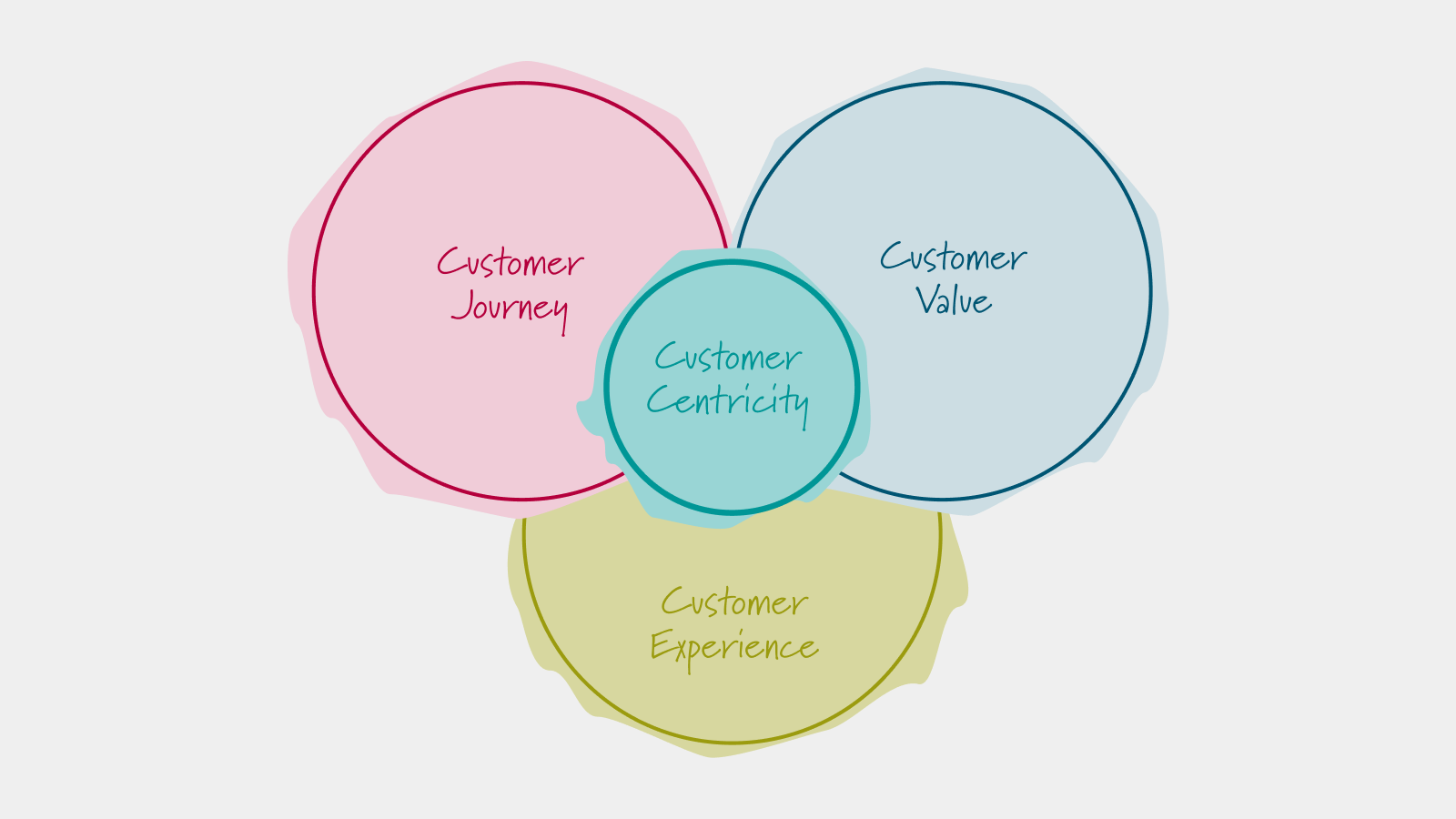
Blueprints And Prototypes
Generic vs. specific, abstract vs. concrete

Oliver Grasl
1.2.2013
An overview of generic, specific, abstract and concrete models
This is the fourth post of a series of posts in which I discuss how to use the business model prototyping approach to build a generic business model prototype that lets you experiment with different business scenarios. You can access the list of all posts in the series here: Prototyping Business Models And Market Strategies
In my last post, A Generic Business Model Blueprint, I introduced an abstract generic business model blueprint, which will serve as the basis for creating a concrete, generic business model prototype. But let us not forget that the primary purpose of generic blueprints and prototypes is to serve as guidance when modeling the business model of a specific company – so today I would like to briefly discuss how these blueprints and prototypes are related.
I will start by clarifying my use of the terms generic vs. specific and abstract vs. concrete:
- Generic vs. Specific. Generic models apply to all situations, more specific models only apply to a few situations. So our generic business model should apply to all companies, while an industry-specific business model will just apply to companies within that industry. A company-specific business model will just apply to one specific company, namely the one whose business model you are analyzing or (re-)designing.
- Abstract vs. Concrete. Abstract models are conceptual, they show reality at a high level of abstraction, leaving away as many details as possible. Concrete models show reality at a more detailed level – they force you to be very concrete about your assumptions.
I often use the following diagram to illustrate how these terms relate to each other:

The A Generic Business Model Blueprint I discussed in my last post is both generic and abstract, while the generic business model prototype will also be generic, but concrete. To make the distinction between abstract and concrete clearer, consider the customer contained in the generic business model blueprint. At the abstract level, it is sufficient to simply identify the concept. In our concrete business model prototype, we will have to be more explicit and make assumptions about how many customers we have.
The How to Prototype an Internet Startup in this series illustrates how to apply this template to an internet startup.
My series of posts on Make Your Professional Service Firm Grow illustrate how the generic business model blueprint can be applied to a more specific case, the business model of professional service firms (PSFs). That blueprint will still be abstract, but a lot less generic, because it will be industry-specific (professional services). That blueprint could then be made even more specific by applying it to a specific professional service firm.
Workshops
Resources
All Rights Reserved.





